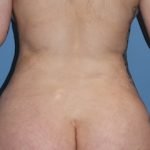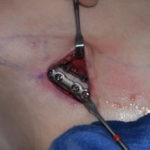The Peaked Square-Shaped Custom Skull Implant Design
Custom skull implants make it possible to effect many different types of aesthetic head shape changes that were not possible just a decade ago. Fabricating the implant from the patient’s 3D CT scan, the only restrictions to its design and size is the limits of how much the scalp can stretch to accommodate it. Placed Read More…


